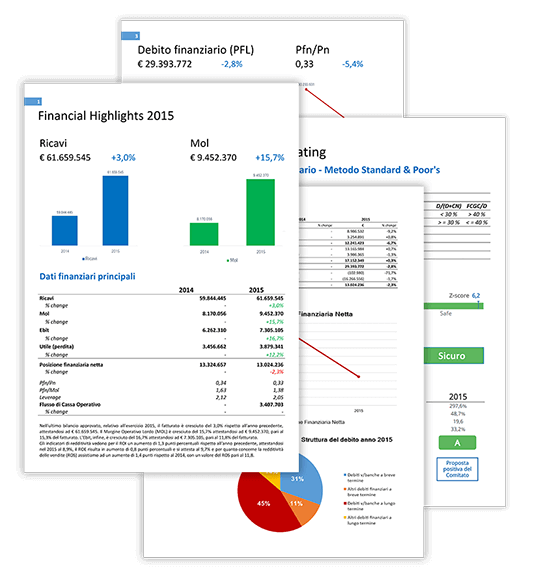
Are you ready to embark on a journey into the labyrinth of your finances? Buckle up because today, we’re diving deep into the world of the bank statement Santander! Whether you’re a seasoned finance guru or just starting your financial adventure, understanding your bank statement is crucial. Santander, a trusted name in banking, provides its customers with detailed monthly statements that hold the key to your financial kingdom.
In this guide, we’ll explore the ins and outs of the Santander bank statement, unraveling its mysteries and helping you make sense of every line item. From finding your balance to deciphering transaction codes, we’ve got you covered. So, let’s get started on this financial odyssey!
The Anatomy of a Bank Statement Santander
Your Santander bank statement is like a treasure map, guiding you through your financial journey. To fully grasp its significance, let’s break it down into its essential components.
1. Account Information
Right at the top of your statement, you’ll find your account details, including your name, account number, and statement date. This section serves as your personal identifier and ensures that the statement is for the correct account.
2. Beginning and Ending Balance
The next stop on our tour is the “Beginning Balance” and “Ending Balance” sections. Your beginning balance represents the amount you had in your account at the start of the statement period, while the ending balance shows how much is left at the end of that period. These balances are like the first and last scenes in a movie, framing your financial story.
3. Transaction List
Now, let’s dive into the heart of the matter—the list of transactions. Here, you’ll find a chronological record of all the money coming in and going out of your account during the statement period. Each transaction is labeled with a date, description, and amount.
4. Check Images (If Applicable)
For those still using checks, Santander often includes images of your cleared checks. This can be particularly helpful for keeping tabs on payments and verifying details.
5. Summary of Fees
Keep an eye out for any fees or charges incurred during the statement period. These could include overdraft fees, maintenance fees, or ATM withdrawal fees. Understanding these fees is essential for managing your finances effectively.
6. Interest Earned (If Applicable)
If your account earns interest, you’ll find a section that details how much interest you’ve accrued during the statement period. It’s like a little bonus for keeping your money in the bank!
Now that we’ve dissected the components, let’s put them together to decode your bank statement Santander style!
Deciphering Your Bank Statement Santander
1. Balance Check: Are You in the Green or Red?
Your “Beginning Balance” and “Ending Balance” are the bookends of your financial story. By comparing these two figures, you can determine whether your account is in good health or needs some financial first aid.
- In the Green: If your “Ending Balance” is higher than your “Beginning Balance,” congratulations! You’ve added more money to your account than you’ve spent during the statement period. You’re on the right track.
- In the Red: On the flip side, if your “Ending Balance” is lower than your “Beginning Balance,” it means you’ve spent more than you’ve deposited. This is a warning sign that you need to review your expenses and budgeting.
2. Follow the Money: Transaction Tracking
The transaction list is where the action happens. It’s a detailed record of your financial comings and goings. Let’s break down how to navigate this section:
- Date: The date of the transaction shows when it occurred. This helps you track the timing of your financial activities.
- Description: The description provides information about the transaction. It could be the name of a store where you made a purchase, a reference number for an online payment, or the name of the person who transferred money to you.
- Amount: This is the dollar amount of the transaction. It tells you how much money was involved.
Read it: How can you edit the bank statement for free?
3. Unraveling Transaction Codes
Santander uses transaction codes to categorize different types of transactions. These codes can sometimes look like a secret language, but fear not! We’re here to decode some common ones:
- POS: This stands for Point of Sale, indicating that you made a purchase with your debit card.
- ACH: This refers to an Automated Clearing House transfer, often used for direct deposits, bill payments, or transferring money between accounts.
- ATM: If you see this, it means you withdrew cash from an ATM.
- INT: This is the code for interest earned on your account. It’s like a little financial reward for saving your money.
Read it: Bank Statement Generator App: A Revolutionary Solution for Financial Record-Keeping
4. Reviewing Fees
Nobody likes fees, but they’re a reality of banking. Take a close look at the “Summary of Fees” section to see if any charges have been applied to your account. If you spot any, here’s what you can do:
- Understand the Fee: Make sure you know why the fee was charged. Was it an overdraft fee, a monthly maintenance fee, or something else?
- Contact Customer Service: If you believe the fee is unjustified or have questions about it, don’t hesitate to reach out to Santander’s customer service for clarification.
- Budget Wisely: Use this fee information as a reminder to stay on top of your spending and budgeting to avoid unnecessary charges in the future.
5. The Sweet Reward: Interest Earned
If your account earns interest, you’ll find it in the “Interest Earned” section. This is essentially free money that your bank pays you for keeping your money with them. It’s a small but welcome reward for being a loyal customer.
Read it: Financial Documentation Made Easy: Explore Our Bank Statement Generator
FAQs: Your Burning Questions Answered
Q1: Can I Access My Bank Statement Santander Online?
Absolutely! Santander offers online banking services, allowing you to access your bank statement conveniently from your computer or mobile device.
Q2: How Can I Avoid Overdraft Fees?
To avoid overdraft fees, keep a close eye on your account balance, set up alerts for low balances, and consider linking your savings account to your checking account for overdraft protection.
Q3: What Should I Do If I Spot an Error on My Bank Statement?
If you notice an error or discrepancy on your bank statement, contact Santander’s customer service immediately. They will guide you through the process of resolving the issue.
Q4: How Often Are Bank Statements Generated?
Santander typically generates bank statements on a monthly basis. You can expect to receive your statement shortly after the end of each month.
Q5: Can I Go Paperless and Receive E-Statements?
Yes, you can! Santander offers the option to receive e-statements, which are electronic versions of your paper statements. Going paperless is not only eco-friendly but also convenient.



